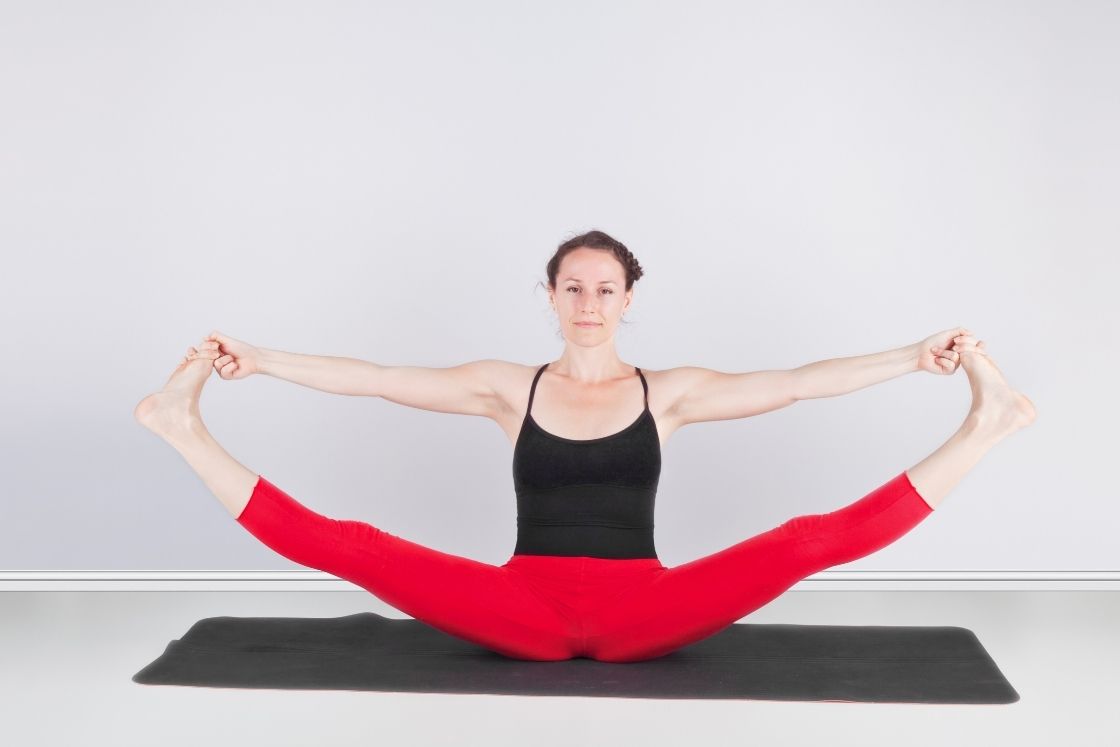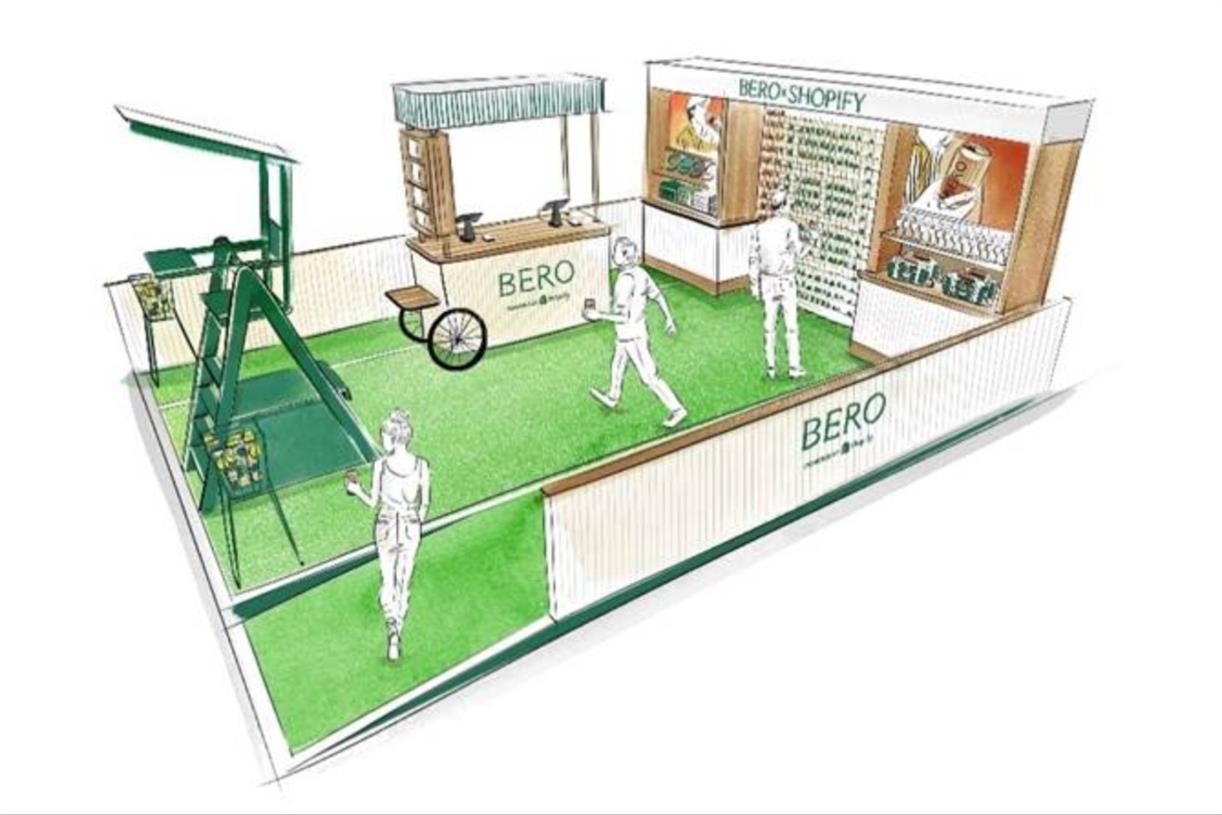You Can (and Should) Modify the Pomodoro Technique to Fit Your Work Habits
The gold standard of productivity doesn't work for everyone.

We may earn a commission from links on this page.

Credit: Cavan-Images/Shutterstock
The Pomodoro technique—so named for the tomato-shaped timer its originator used to track his own work schedule—is widely considered one of the best productivity techniques out there. That's why I've recommended it a lot in the past and why it regularly appears on best-of lists of productivity methods. It's simple: Set a timer for 25 minutes and work on a task for that time, then take a five-minute break before setting the timer and working again. After four 25-minute cycles, you get a longer break.
Beloved as it is, it doesn't work for everyone. But don't lose hope. You can—and should!—modify it to fit your needs.
Why the Pomodoro technique works—and why it sometimes doesn't
The idea behind Pomodoro is a good one. Generally, two factors really improve productivity: Taking periodic breaks and diving into focused, deep work on one task without doing a bunch of other stuff at the same time. Since focused work and breaks are built into this technique, it can really push you to get a lot done in those 25-minute bursts, whether you're grinding away on a work project, cleaning the house, or answering emails.
Sinking into the zone of "deep work" is easier for some people than others, though, which is why Pomodoro fans sometimes report that the 25-minute allotments just aren't enough. In other cases, 25 minutes may be too long for knocking out simple tasks, leading you to get distracted. Just because something is considered the gold standard doesn't mean it works at the gold-medal level for everybody.
How to modify the Pomodoro technique
Don't toss out the concept altogether if you're not finding it effective for you. Instead, modify it. I recommend spending a few weeks diligently tracking your time. You can use time-tracking software or a plain old spreadsheet, but as you're working through your to-do list, keep notes on when you feel like you've entered a deep work phase. You'll know it's happening when working is feeling smooth, you're not distracted by anything, and time is flowing by as you're getting results. Also keep track of when you start to feel distracted, as well as how much you actually got done at the end of each 25-minute Pomodoro set. Finally, keep track of how you feel during and after your break times.
After a few weeks, go through your data and look for patterns. Did you struggle to get into the zone when cleaning your kitchen every time that task came up? Did you find you only hit a "deep work" phase 15 minutes into your work time, leaving you with only 10 minutes to really get things done before your timer went off? Did you feel ready for a break when one rolled around, or did you spend your five minutes of off time distracted by everything you still had to do? Did you feel rejuvenated when it was time to get back to work or was the idea unappealing?
Ideally, you should be in a flow state for those 25 minutes, be able to enjoy your break time with little anxiety, and feel eager to get back to being productive when it's time to reset the timer. If those things aren't true, you can modify the technique. If it takes you longer to get into the zone, give yourself more work time. If you can't get comfy during your breaks, make those longer. As you make adjustments, keep tracking your time, feelings, and output until you find a work-break balance that works.
Again, the core tenets of this technique—focused work and consistent breaks—are proven to be effective for productivity. It's the 25-minute blocks that can be a little subjective and arbitrary; that part is just based on what worked for the guy who invented this, so if he could pick time blocks that worked for him, why can't you? As long as you're committed to doing deep work and giving yourself breaks, it doesn't actually matter how long you're allotting for yourself to do either. Just keep in mind that working too long can make you unproductive, so do try not to give yourself too much time there.

Lindsey Ellefson
Features Editor
Lindsey Ellefson is Lifehacker’s Features Editor. She currently covers study and productivity hacks, as well as household and digital decluttering, and oversees the freelancers on the sex and relationships beat. She spent most of her pre-Lifehacker career covering media and politics for outlets like Us Weekly, CNN, The Daily Dot, Mashable, Glamour, and InStyle. In recent years, her freelancing has focused on drug use and the overdose crisis, with pieces appearing in Vanity Fair, WIRED, The New Republic, The Daily Beast, and more. Her story for BuzzFeed News won the 2022 American Journalism Online award for Best Debunking of Fake News.
In addition to her journalism, Lindsey is a student at the NYU School of Global Public Health, where she is working toward her Master of Public Health and conducting research on media bias in reporting on substance use with the Opioid Policy Institute’s Reporting on Addiction initiative. She is also a Schwinn-certified spin class teacher. She won a 2023 Dunkin’ Donuts contest that earned her a year of free coffee. Lindsey lives in New York, NY.

 Lynk
Lynk 


































